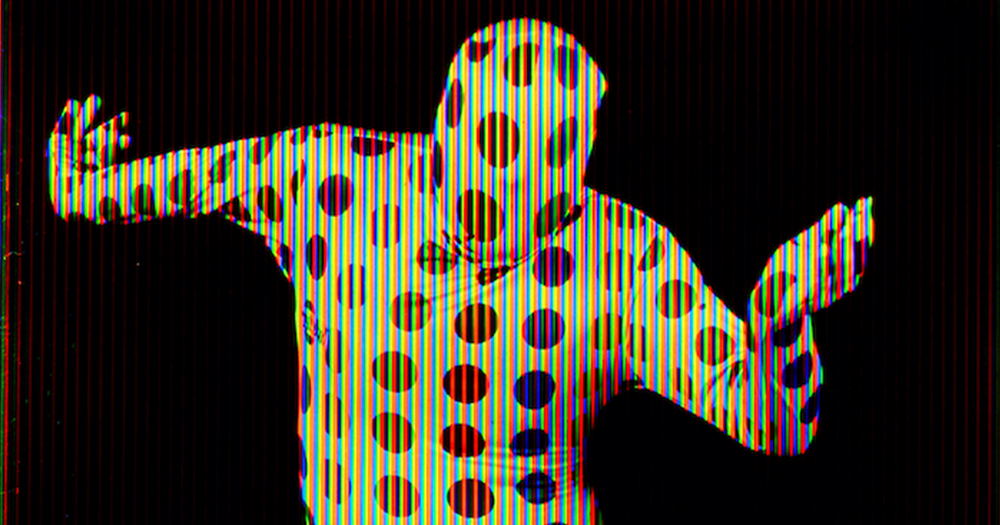‘Folly & Diction’ at the RHA brings together a selection of Alan Phelan’s unique Joly Screen photographs and a new large scale music video work about the inventor of this forgotten colour photography process which was abandoned from use over 100 years ago.
Over the past three years, Phelan has worked on reviving the process, invented in the 1890s in Dublin by John Joly, a physicist and geology professor from Trinity College, Dublin.
Phelan’s ambition is to create a visual history for the process that it never had. To do this he uses art and historical references spanning over 500 years. The work presents a “counterfactual temporality”, to create a longer potential history for photography.
Phelan also engages different installation devices on walls, windows and lighting to reference the process as well as narratives from a wider art history of painting and sculpture. He frequently collaborates with others in making work and in this case has worked with members of the Dunboyne Flower & Garden Club in making the floral images for this exhibition. For Phelan this is an opportunity to expand his interest in participatory practices – art making that involves working with others to expand the notion of authorship into a shared activity one where meaning remains unfixed and creating agency as well as new knowledge in the process.
Similarly, he has worked with a variety of talented artists and musicians for the video who include Elaine Hoey, James Kelly, Ian McInerney, The Late David Turpin, and Louis Haugh. The video brings the analogue stripes of the Joly Screen into the digital age with audio-responsive animations which overlay a troubled biographical narrative about John Joly and his collaborator Henry Dixon. Typical of Phelan the story presented is a fusion of references coming from texts by Samuel Beckett and Jean Genet and functioning outside of adaptation or appropriation to “re-narrativise” instead and create a new or different story history.
The photographs in Folly & Diction are arranged in sequences that mix floral, self-portraits and objects, with titles acknowledging source artists and related historical events.
The show title embeds Joly & Dixon into this speculative history by homonym, while acknowledging the possible humour in these probable revised histories and queer re-reading of photography.
A number of self-portraits which follow an ‘obscuring the face’ strategy, made popular by Stephen Kelly of the Balaclava.Q Project: An international queer art project and collective which connects, promotes and creates platforms for queer artists.
For more information, visit rhagallery.ie for more on Alan Phelan visit alanphelan.com
© 2020 GCN (Gay Community News). All rights reserved.
Support GCN
GCN is a free, vital resource for Ireland’s LGBTQ+ community since 1988.
GCN is a trading name of National LGBT Federation CLG, a registered charity - Charity Number: 20034580.
GCN relies on the generous support of the community and allies to sustain the crucial work that we do. Producing GCN is costly, and, in an industry which has been hugely impacted by rising costs, we need your support to help sustain and grow this vital resource.
Supporting GCN for as little as €1.99 per month will help us continue our work as Ireland’s free, independent LGBTQ+ media.
